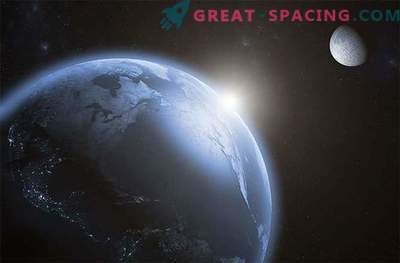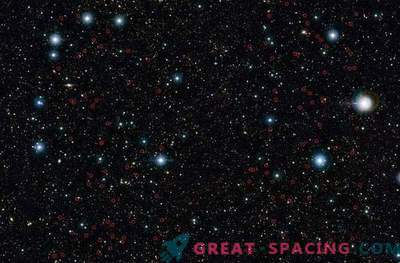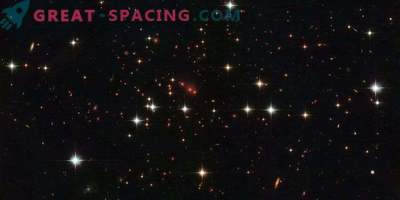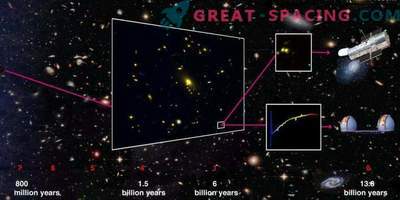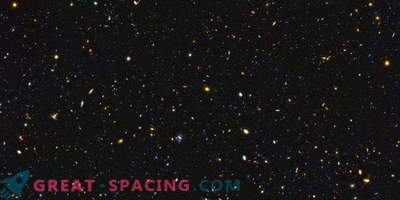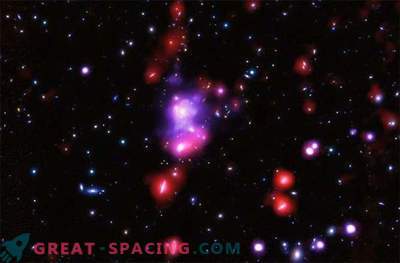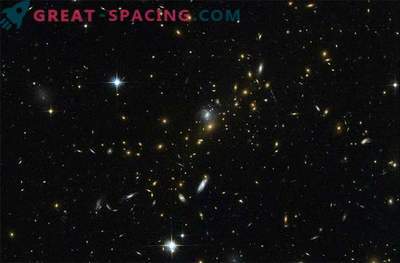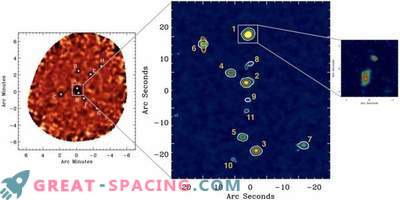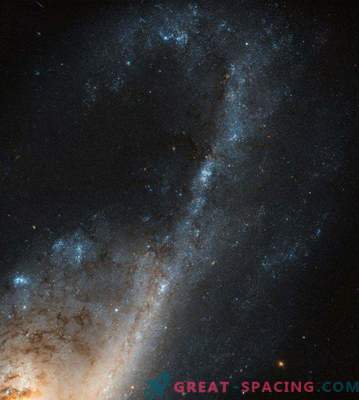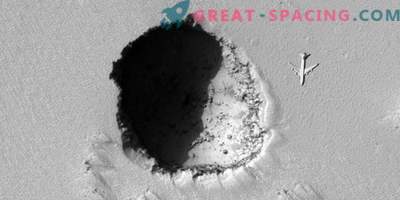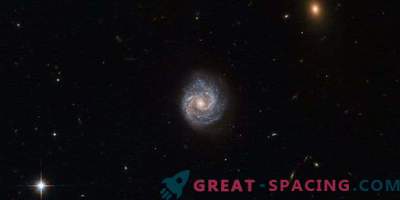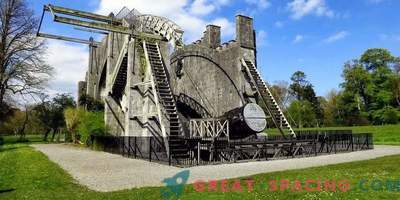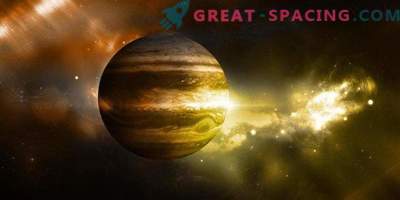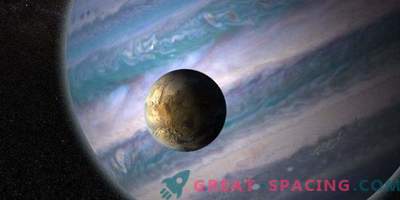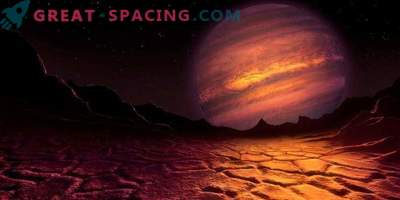
From round discs to oval clusters; Researchers reported that many of the galaxies of the universe have undergone dramatic changes over the past eight billion years.
The international team looked at 10,000 of the billions of galaxies of the observable universe, and used the Hubble and Herschel telescopes to look into the past.
"We found that 83% of the stars formed since the Big Bang about 13.7 billion years ago were originally grouped into flat, rotating, disk-shaped galaxies," astronomers from the School of Physics and Astronomy at the University of Cardiff said in a statement.
"However, only 49% of the stars that exist in the universe today are in these disc-shaped galaxies, the rest are in oval galaxies," they said.
"The results indicate a massive transformation in which disk-shaped galaxies became oval." The main part of the stars in the universe, scientists believe, was formed in the interval from 12 billion to 8 billion years ago.
The team proposed the following hypothesis:
- Oval galaxies could be formed when two disc-shaped galaxies passed too close to each other and united under the action of gravity into a random cluster, and the stars gradually migrated towards the center to produce a random, approximately oval-shaped jumble;
"Such a galactic form-shift has been proposed before," said study lead author Steve Eals. "But by combining data from the Herschel and Hubble space telescopes, for the first time, we were able to accurately measure its degree."
"Galaxies are the main building blocks of the universe, so this metamorphosis really represents one of the most significant changes in its appearance over the past eight billion years," he said.
